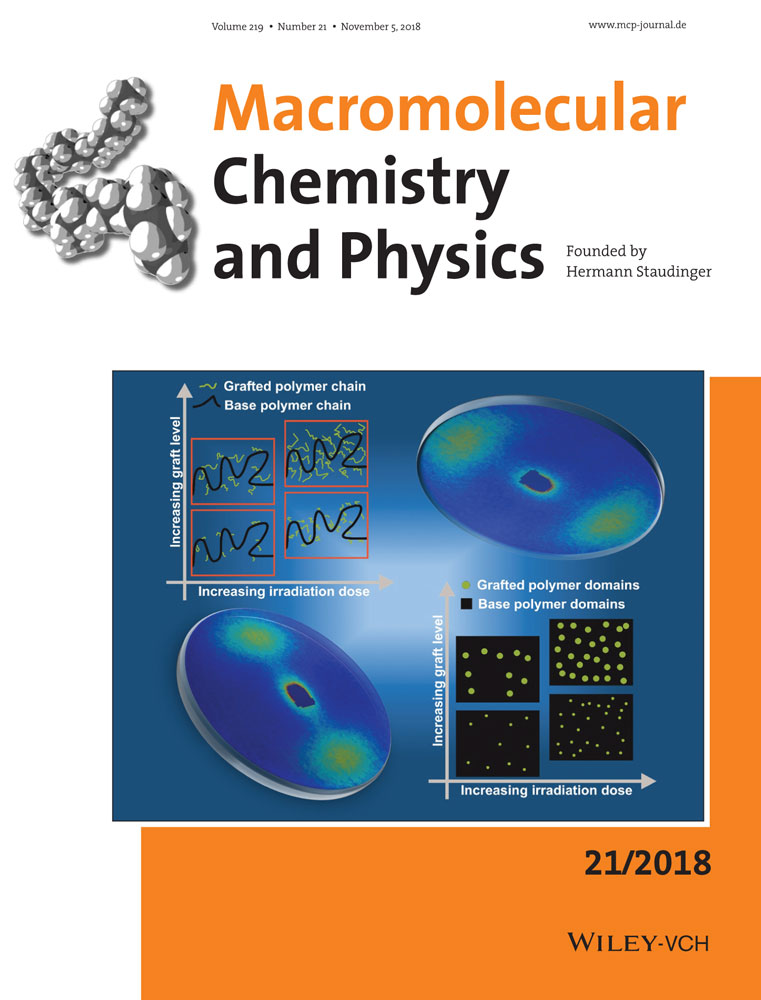Scaling the Graft Length and Graft Density of Irradiation-Grafted Copolymers
Abstract
Irradiation-induced graft copolymerization is often the easiest route to combine the functionality of two polymers and, furthermore, the average composition of the copolymer is straightforward to control. However, control of the graft length and the graft density is more difficult and has been considered to be infeasible. To test the hypothesis that the graft density and graft length may be increased or decreased via increasing or decreasing the dose of irradiation and graft level, polymer electrolytes are characterized in terms of water sorption, proton conductivity, and nanostructure. Based on the premise that graft density and graft length define ion transport and phase segregation, impedance spectroscopy and small-angle scattering support the hypothesis. The method therefore represents a novel degree of freedom in the design and synthesis of radiation grafted copolymers.
Conflict of Interest
The authors declare no conflict of interest.




